
FDA Announces Completion of First AI-Assisted Scientific Review Pilot and Aggressive Agency-Wide AI Rollout Timeline
The FDA plans to expand generative AI capabilities—across all centers using a secure, unified platform.

The FDA plans to expand generative AI capabilities—across all centers using a secure, unified platform.
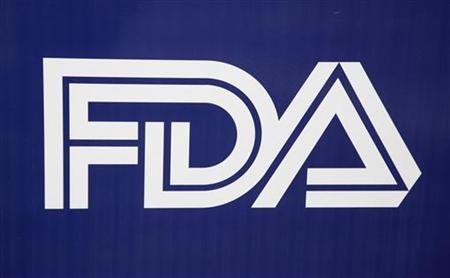
The FDA conducts approximately 12,000 domestic inspections and 3,000 foreign inspections each year in more than 90 countries. U.S. manufacturers undergo frequent, unannounced inspections, foreign firms have often had weeks to prepare, undermining the integrity of the oversight process.
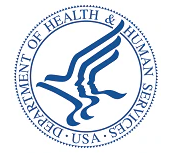
FDA will decrease its workforce by approximately 3,500 full-time employees, with a focus on streamlining operations and centralizing administrative functions. This reduction will not affect drug, medical device, or food reviewers, nor will it impact inspectors.

Overcoming 21 CFR compliance challenges – stringent equipment maintenance requirements, overwhelming documentation demands, the need to maintain data integrity. Insights into challenges healthcare organizations face with compliance and how to incorporate new tools and processes for streamlining maintenance processes, reducing compliance burdens, and ensuring the highest standards of safety and efficiency.

What are the essentials for compliant claims? How do you support and monitor claims in packaging and promotional content? Creating and following internal procedures is a strong defense.

Fraudulent data is becoming more common by the submission. So much so that the FDA recently published a press release reminding medical device manufacturers to scrutinize Third-Party Generated Data.” Regulatory consultant, Michelle Lott, discusses the agency’s use of artificial intelligence to find unusual patterns in submitted data and how you might guard against using fraudulent 3rd-party data.
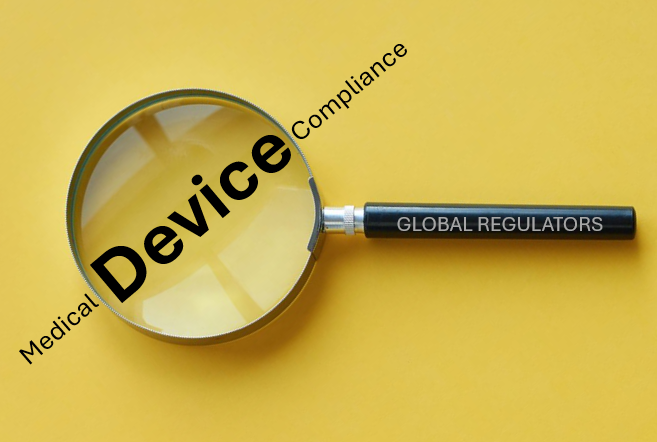
In the light of new research, Peter Muller and Mike Baird of Schlafender Hase assess how well Class 2 and 3 device manufacturers in Europe and the US are adapting to a rise in regulatory controls.
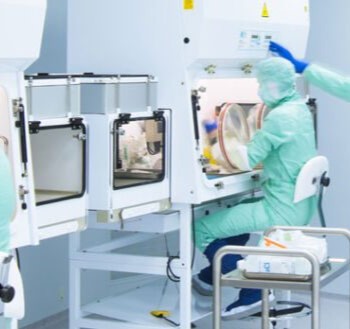
Diagnostic manufacturers and pharmaceutical sponsors with therapeutics that rely on biomarker identification or companion diagnostics should adjust their commercialization and partnership strategies to fit the new regulatory environment.

An analysis from the Life Sciences legal team at Hogan Lovells.
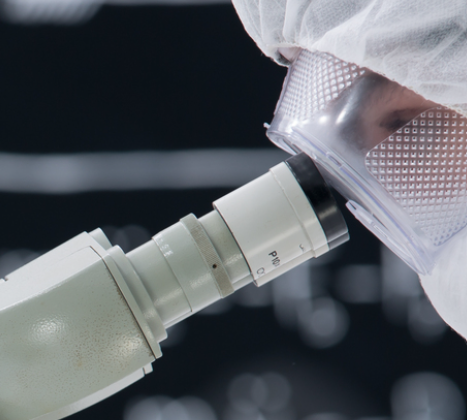
FDA has finalized its landmark proposed rule that will amend the definition of “in vitro diagnostic (IVD) products” in 21 CFR 809.3 to make explicit that IVDs are medical devices under the Federal Food, Drug, and Cosmetic Act (FDCA), “including when the manufacturer of the IVD is a laboratory.”